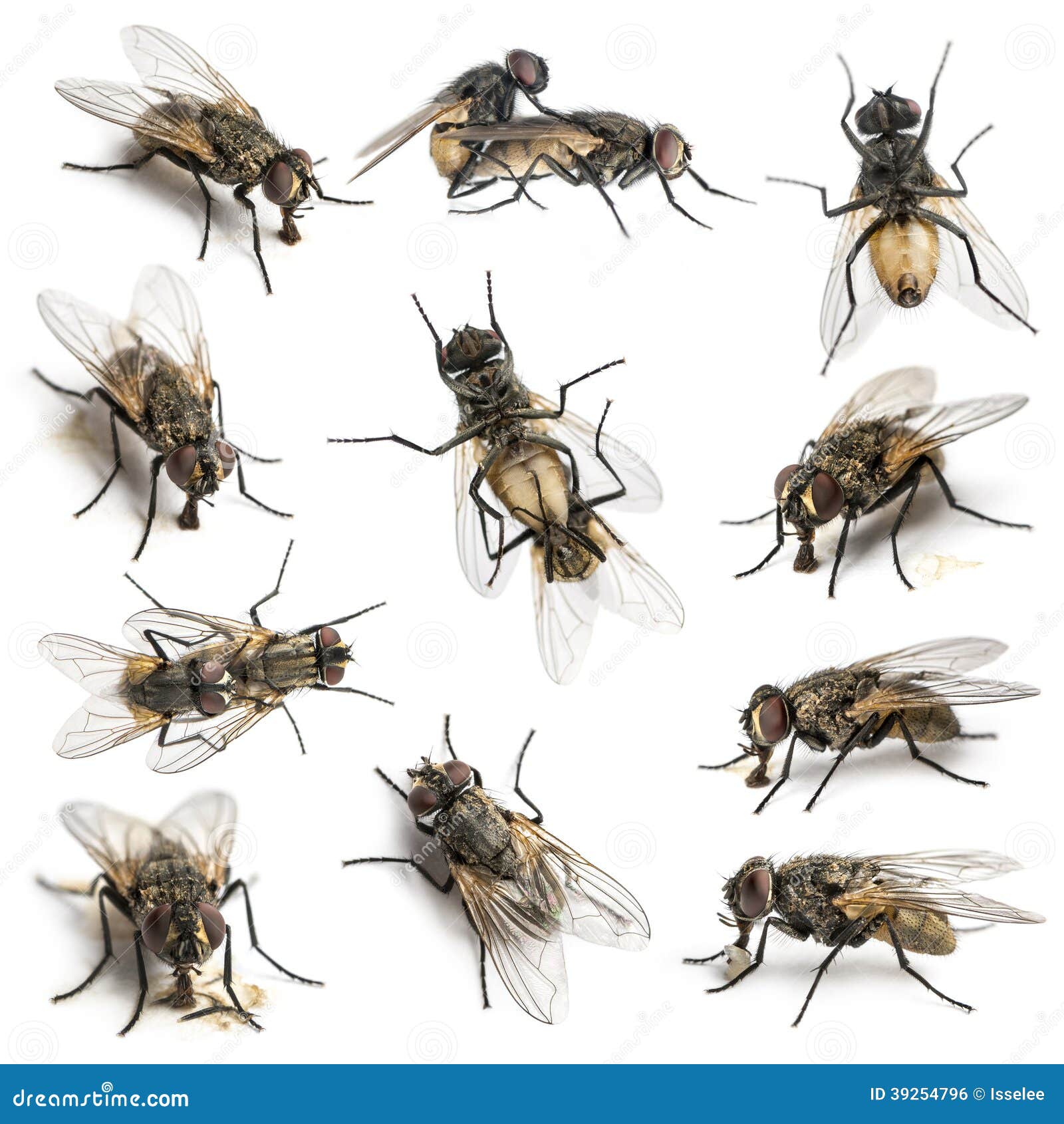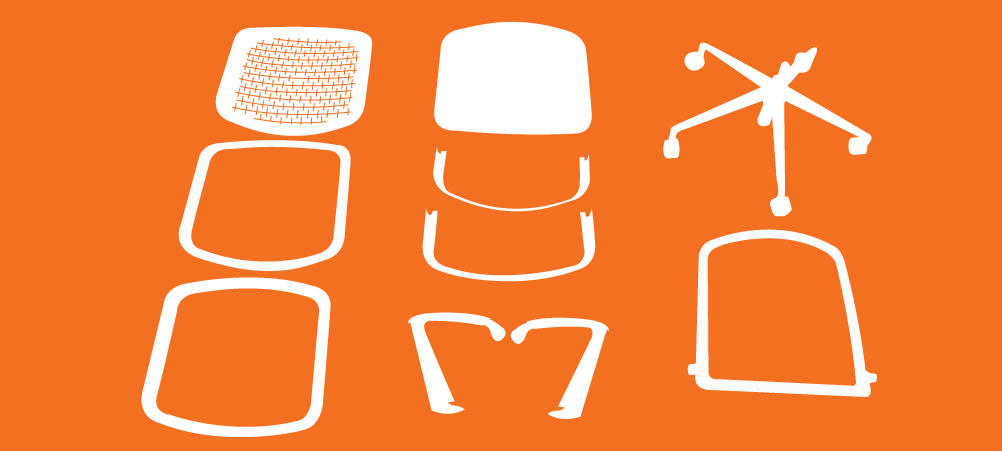Table Of Content

In this way, the impact of the selected component can be tested at each variation. DOE Services from Quality-One include DOE Consulting, DOE Training and DOE Project Support, such as Facilitation, Contract Services and Auditing. Our experienced team of highly trained professionals will provide a customized approach for developing your people and processes based on your unique needs. DOE Consulting will assist with the design of your DOE process, review your needs and available resources to properly plan and implement DOE at your facility. DOE Training will help team members understand and perform DOEs effectively and efficiently.
A Guide to Failure Mode and Effects Analysis
Aliasing is particularly useful during screening to explore more factors without incurring a huge experimental cost. [This blog was a favorite last year, so we thought you'd like to see it again. ].Whether you work in engineering, R&D, or a science lab, understanding the basics of experimental design can help you achieve more statistically optimal results from your experiments or improve your output quality.
Response surface methodology (RSM) designs
When analyzing data you can encounter a situation where you can’t tell whether, for example, an interaction between 2 or 3 factors causes a particular effect. You either have to use your existing knowledge to decide or, if necessary, do more experiments. If you look at many industries today you see similar products being offered by multiple manufacturers. Many companies today are frequently re-designing their products in an attempt to make their product stand out from the crowd. In addition, a great number of manufacturers are constantly developing new products to gain a foothold in other markets. Every time we change a design or process we introduce new content.
Statistical significance
Design of Experiments - CHEManager
Design of Experiments.
Posted: Tue, 10 Sep 2019 07:00:00 GMT [source]
One example of how to use characterization is in finding a starting point. Without going into too much detail (we promise to consider the nuances in another blog), some DOE designs allow you to investigate your experimental space broadly, without making too many assumptions. Ensuring stable expression of the gene encoding protein ‘X’ by the yeast can be a long experimental journey. But of course, a journey of a thousand miles begins with a single step. Characterization is about understanding the likely journey better.
The variance of the estimate X1 of θ1 is σ2 if we use the first experiment. But if we use the second experiment, the variance of the estimate given above is σ2/8. Thus the second experiment gives us 8 times as much precision for the estimate of a single item, and estimates all items simultaneously, with the same precision. What the second experiment achieves with eight would require 64 weighings if the items are weighed separately. However, note that the estimates for the items obtained in the second experiment have errors that correlate with each other.
Michael Sadowski, aka Sid, is the Director of Scientific Software at Synthace, where he leads the company’s DOE product development. In his 10 years at the company he has consulted on dozens of DOE campaigns, many of which included aspects of QbD. Numerous quantitative factors (e.g. hours of sunlight, grams of plant food, and liters of water) or qualitative factors (e.g. the cultivar) can influence the strawberry crop (Figure 2).
Experimental designs after Fisher
When working in highly complicated systems and processes, such as in the production of biological therapeutics, DOE is the best approach to optimizing a process. In fact, what we are referring to when we say Design of Experiments (or DOE) is a branch of applied statistics that can be applied to experimental design. This systematic method allows scientists to simultaneously investigate the impact of different factors on an experimental process, while also taking the interactions between factors into consideration. It allows manipulating multiple input factors and determining their effect on a desired output (response).
Statistics Knowledge Portal

At the heart of transformative research lies the Design of Experiments (DoE), a fundamental methodology that propels scientific inquiry to new heights of accuracy and insight. This approach not only refines the data collection and analysis process but also embodies the quest for discovering truths hidden within complex systems. The practice of Designing Experiments goes beyond mere data analysis; it is a philosophical commitment to enhancing the good by improving research methods and revealing the inherent beauty in data patterns. With each experiment designed, we step closer to insights that reflect the depth and richness of our reality, making DoE not just a technical necessity but a beacon of enlightenment in the scientific community.
Evaluate the effect of change/s
Some factors are also qualitative, such as how much icing to use. These are measured in categories and are converted into coded units for linear regression analysis. Factorial Designs are commonly used in manufacturing to optimize production processes by simultaneously evaluating the effects of various process parameters (temperature, pressure, time) on product quality. Goodness in methodology goes beyond the technical, embedding an ethical framework within which experiments are designed and conducted.
It demonstrated the method’s potential to make processes more efficient and sustainable. This case has been referenced in various discussions on the practical benefits of DoE in industrial engineering and quality assurance. This step requires using the most suitable tools and processes for data analysis.
In the world of pharmaceuticals, you hear a lot about drug interactions. But taking them both at the same time can cause an interaction effect that can be deadly. During your experiment, you will have your experimental factors as well as other environmental factors around you that you aren’t interested in testing. You will need to control those to reduce the noise and contamination that might occur (which would reduce the value of your DOE).
The research conclusions provide valuable scientific guidance for the design of sand control embankment structures tailored to local conditions for desert highways. This is of significant importance for enhancing the sediment transport capacity of desert highways and prolonging their service life. The term “Design of Experiments,” also known as experimental design, was coined by Ronald Fisher in the 1920s. He used it to describe a method of planning experiments to find the best combination of factors that affect the response or output. It is used to reduce design expenses because analysis of input parameters or factors gives way in identifying waste and which processes can be eliminated.





















